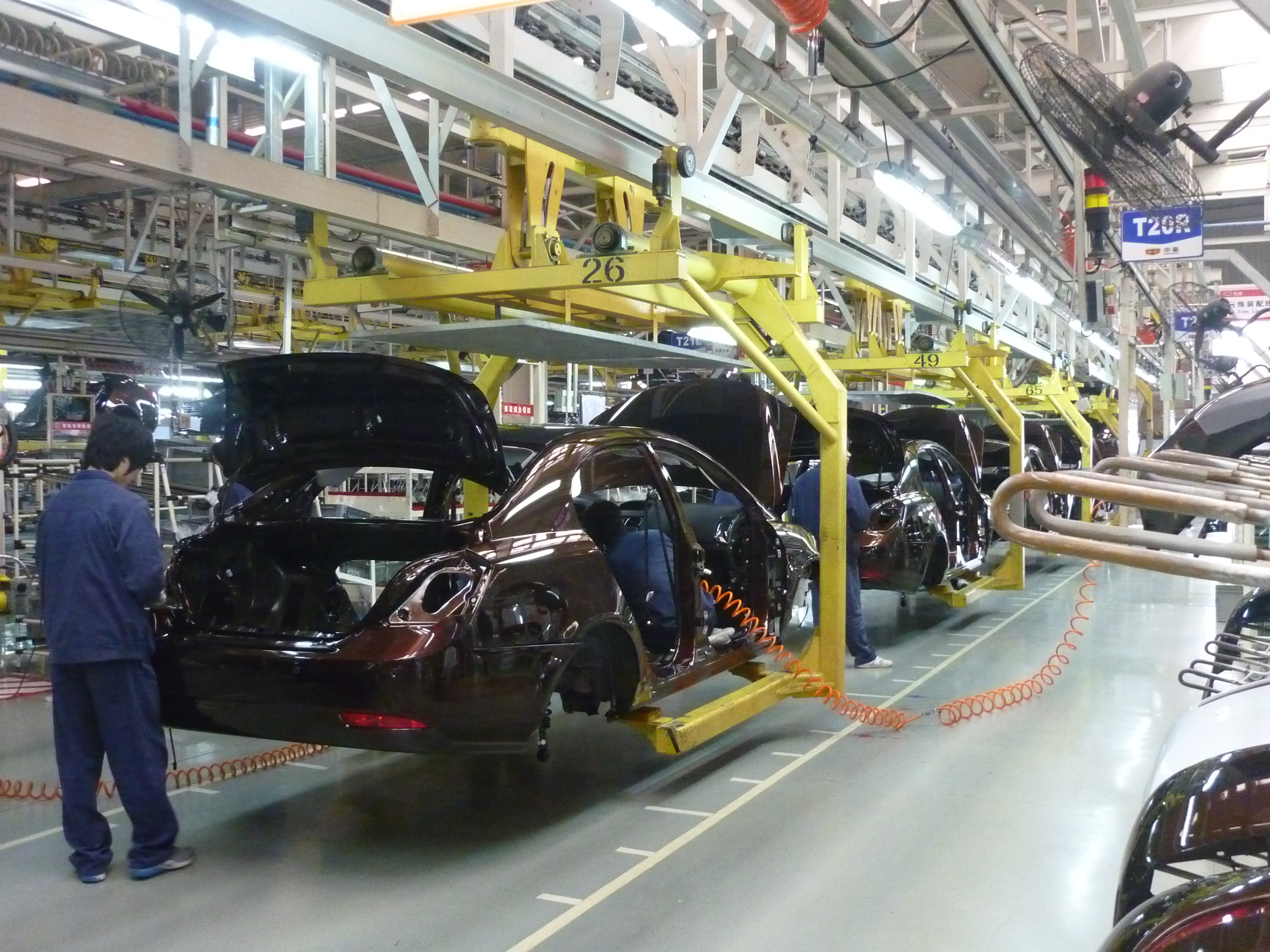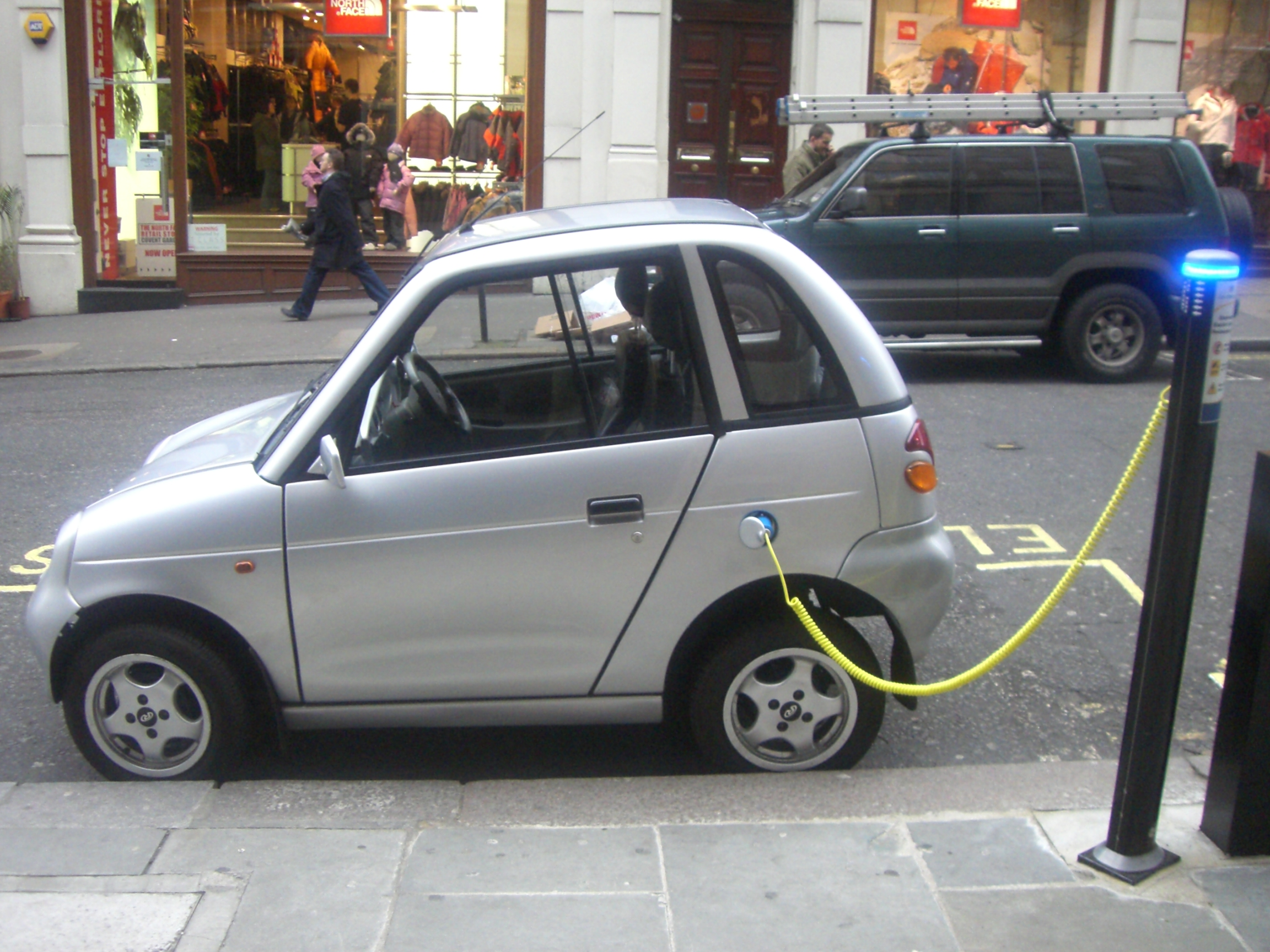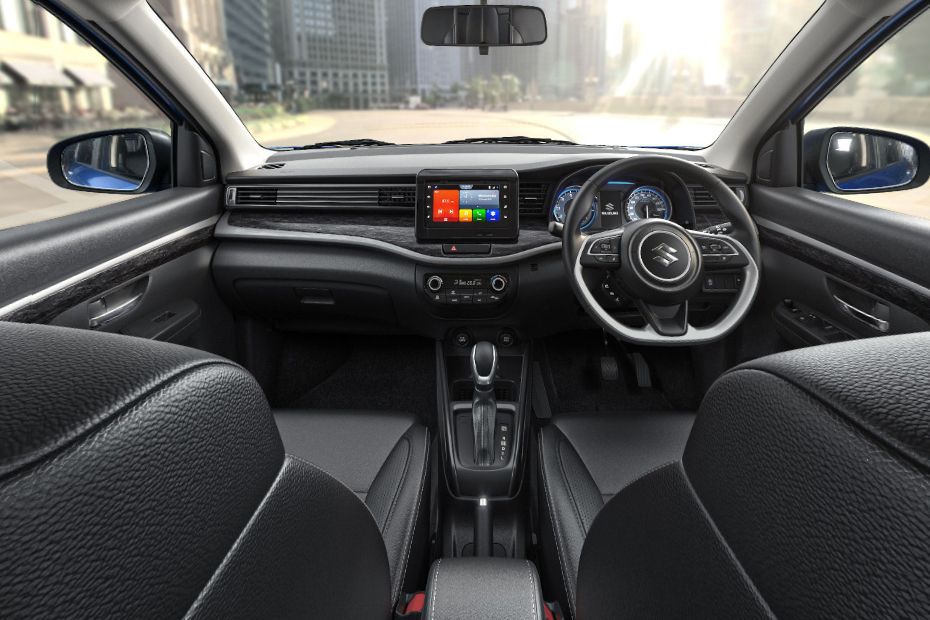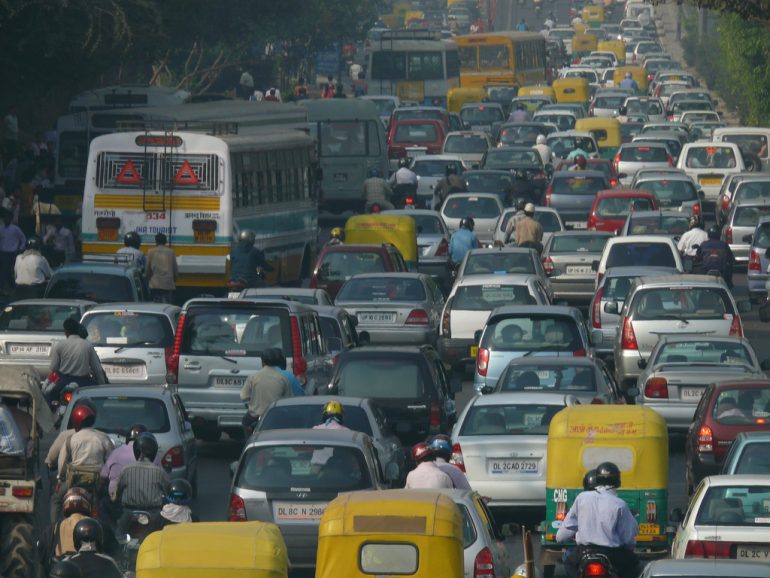India’s major GDP contributing automobile sector has turned upside down for a decade. It needs massive support and restructuring to make up with the loss. In spite of new trend-setting launch by big players like Mahindra’s XUV300, Hyundai Venue, MG Hector the industry is sinking further. This impacts each member in the supply chain, right from the manufacturer to the dealer. To pull up the market, manufacturers offer plenty of discounts and offers in their new launch which can attract demand. But as it goes down, manufacturers are even forced to limit the production and shut down their factories in order to maintain the inventory. Dealers also undergo the same situation.

As per the numbers from the Society of Indian Automobile Manufacturers (SIAM), there are 15,000 job losses in the automobile manufacturing companies in the last two to three months. Digging deep down into the scenario, there are a number of reasons underlying the current situation. So, let us analyze some evident and possible factors to
change in the manufacturer as well as the customer end. First, to look into the seller’s point of view, the manufacturers are in the dilemma with the government decisions. The Indian government is enforcing BS6 (Bharat Stage) norms in all the vehicles from 2020. This makes the manufacturers clear their BS4 vehicles by offering discounts.

Secondly, from the buyer end, the customers are restricted in so many ways like available of loans only to people of high credit rating. Also, people don’t see the necessity for the ownership of a car as there are a number of ride and share services like Uber, Ola, Fastrack etc in tier 1 cities. Overcrowding and riding in traffic make people think so much to buy a car.

Indian roads and other factors are not completely ready for EVs. Government has envisioned to go fully electric cars by 2030 which also leads to the confusion among buyers and challenge with the manufacturers.

SIAM has approached the government for a revival program that can support the industry to work better and overcome the loss. As a result, few actions are taken for the industry like reduction in GST, fully working scrappage policy, involving NBFC (Non-Banking Financial Corporation) to revive sales. In the future, Rs 80,000 crore has been invested by the car makers and component makers to meet the Bharat Stage 6 emission norms in all the vehicles. In order to match the margin, manufacturers may increase the price irrespective of the demand. Hence the government has to involve in the future as well in order to save the automobile industry from becoming worse.






